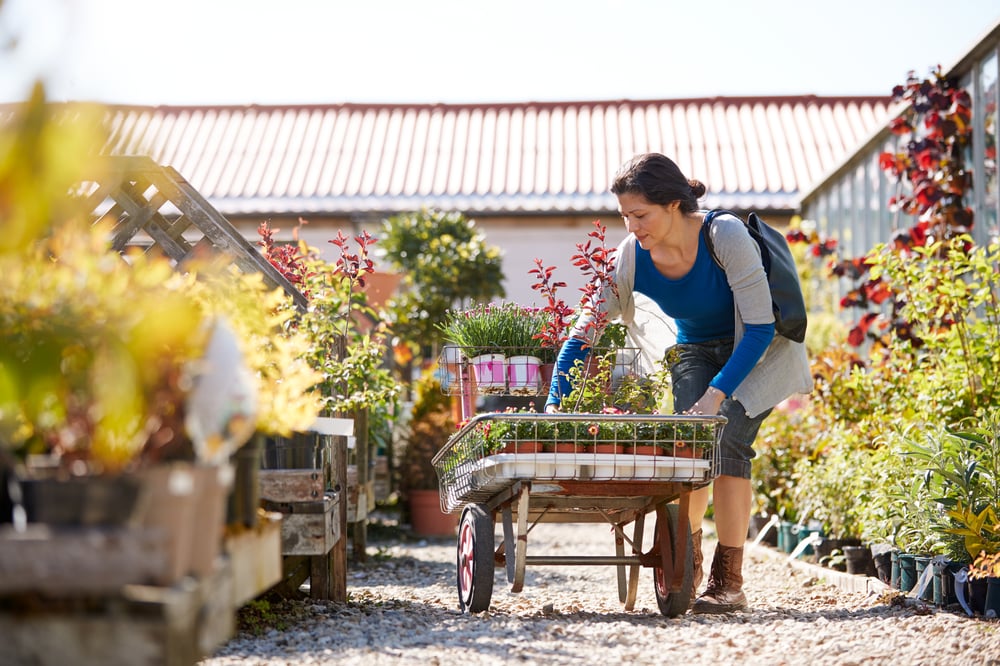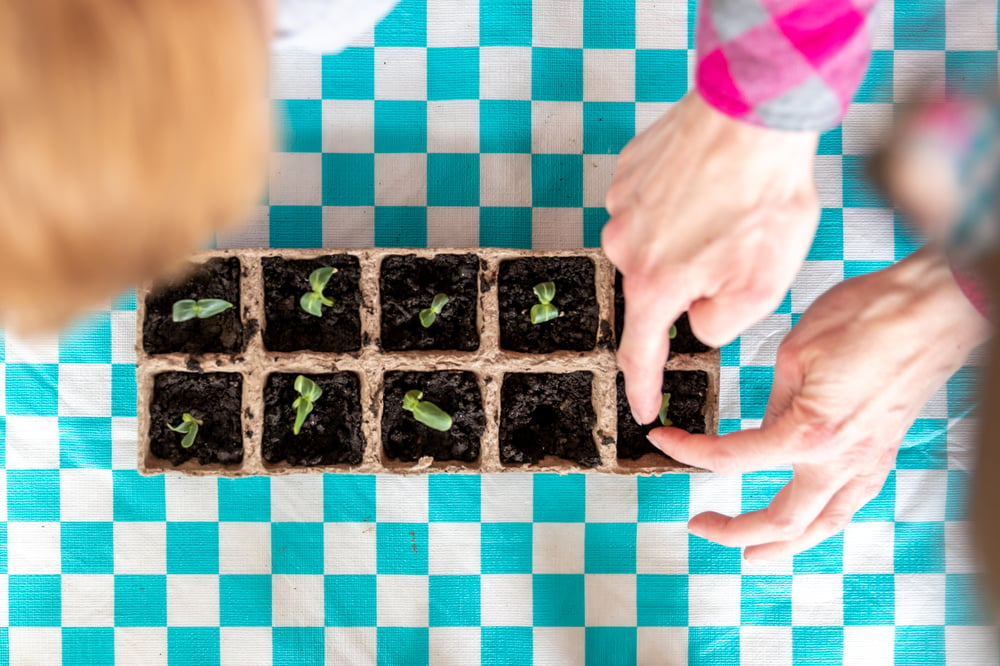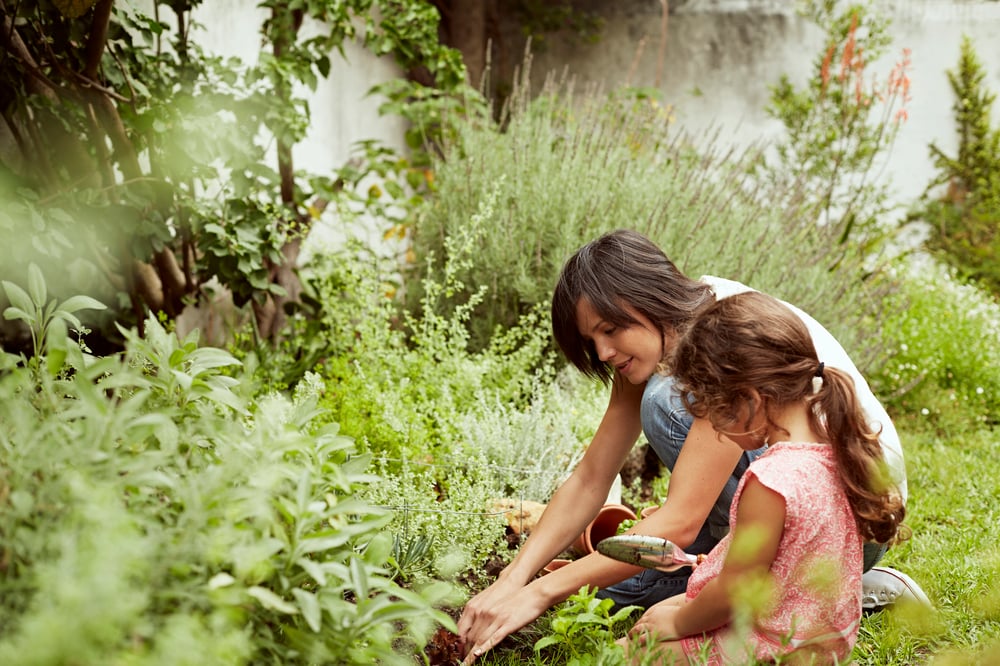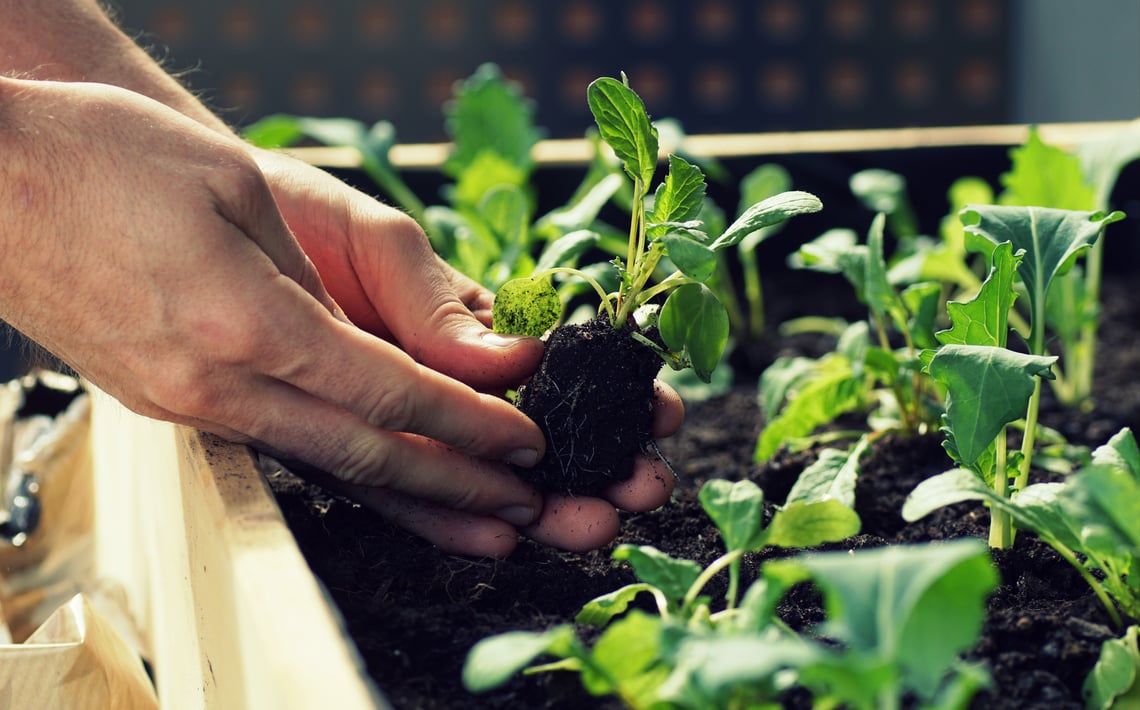There are certain things the wise gardener can do to save money and effort. These things are simple and easy to apply at any scale. And once you start thinking in this mode, you will undoubtedly come up with more ways to make your gardening chores easier and increase your yields.
After years of gardening on our homesteads, I've learned a thing or two about saving time, money and labor. Here are a few things that have helped me to produce the most food for the least amount of time and effort.
#1: Plant Early
By determining the average frost-free date and planting early, you accomplish several goals. This date can be found online or in seed catalogs that detail the various zones for different vegetables. Here are some good reasons to get started early this year:
- Early planting will allow you to limit the use of pesticides, as most insects will not be at their peak at this time. If a later frost does occur, tender plants may be covered with various plant protectors to avoid loss.
- Cooler temperatures will minimize moisture loss in the soil and plants will grow faster.
- Tomatoes and other tender items will not blister in the sun due to cooler temps.
- Plus, early planting means less digging, weeding, hoeing, hauling of compost, etc. in the blistering Southern summer.
#2: Selective Purchasing

When purchasing plants, if you pay special attention you will see that some seedlings have two plants in the same cup.
Most nurseries will put more that one seed in a cup to avoid having a cup without a plant. These plants are often as large or only slightly smaller. Care must be taken to separate them for planting into the garden soil, but the savings can be well worth the time spent in searching out these “bonus” plants.
Regardless of how moist the planting medium is, be sure to water the plants when they are separated and set into the garden soil. Water routinely for several days to allow them to get off to a good start.
#3: Plant Tomatoes Deep
For best results, clip off lower limbs of tomato seedlings and plant them as deep as possible. If the plant are small, remove a few lower branches and plant in a deep hole. The top of the plant may even be lower than the prevailing soil level.
As the plant grows, add more soil to the hole and the plant will add roots on any part beneath the soil level.
During the planting process, place fertilizer in the deep hole and cover it with an inch or two of soil. This will keep the fertilizer from damaging the root structure, but as the plant grows, the roots will access the fertilizer.
#4: Plant Support
.jpg?width=1000&name=IMG_6217%20(002).jpg)
Plants such as tomatoes and peas will need support as they grow. Indeterminate plants will continue to grow until first frost and may reach 7 or 8 feet in height.
Tomato stakes are better than no support, but cages allow for more support without “bunching up” the limbs. This allows better growth and more sunlight to reach the tomatoes.
If you have a lot of plants, I recommend purchasing cattle feed lot panels. They will last for years and are 16 feet long and 50 inches high. I set them up with metal posts and leave the bottom about one foot from the ground. This means the top is five feet from the ground. If the plants exceed this height they can be laid over horizontally and tied in place. The grids are large enough to reach through and picking tomatoes is easy from either side. One panel will provide support for about 8 large tomato plants.
#5: Improve Germination

Seed such as okra have a hard shell and the germination rate is very low in many cases.
You can improve germination by placing seed in the freezer for a few days prior to planting, but my trick is to soak the seed in warm water for several hours prior to planting. This works like a charm and you can actually see some of the shells of the seed cracking open and the sprouts emerging as you plant them.
Planting a little extra for seeds that are poor germinators is a good practice. It is easier to thin later than to have to replant where skips occur in the row. Replanting results in a random harvest and unless you have a large amount planted, you will see the desired yield.
#6: Select Plants that Appeal to You
 There are endless varieties of vegetables (as anyone who has browsed through a seed catalogue knows all to well!). Some are bushy and low growing, some are upright and others are intermediate.
There are endless varieties of vegetables (as anyone who has browsed through a seed catalogue knows all to well!). Some are bushy and low growing, some are upright and others are intermediate.
Be aware that low growing, bushy types will require you to bend lower for picking. The upright varieties will be easier to access. This might be important to those with back problems. For instance, I am tall and bending low to pick vegetables is unpleasant for me.
Good examples of these different types would be “Half Runner” green beans versus “Blue Lake” green beans. It is purely a matter of preference. Both are good varieties.
#7: soil amendments Can be a Life (and Crop) Saver
.jpg?width=1000&name=IMG_3850%20(002).jpg) Since all plants have a particular set of needs, the soil preparation is important. If your soil is heavy clay, it will hold moisture, but will not encourage good root growth of your plants. Organic matter such as leaves, peat moss or other additives will improve the soil.
Since all plants have a particular set of needs, the soil preparation is important. If your soil is heavy clay, it will hold moisture, but will not encourage good root growth of your plants. Organic matter such as leaves, peat moss or other additives will improve the soil.
If soil is sandy, it will drain and dry out rapidly. Again, the addition of organic matter will help it to retain moisture and improve root growth.
A soil test will tell you if you need to add lime to increase alkalinity or only fertilizer to increase fertility. There are home test kits to determine the pH of soil, but if you wish to do the research, you can find ways to check pH with homemade methods.
A compost heap is always a good bet for gardeners. Valuable nutrients can be added to the soil by saving potato peels, banana peels, spoiled or outdated fruit and more. Learn how to build your own in: Tips on Starting Your Own Compost: Nature's Free Fertilizer.
In summation, gardening is an adventure. We never cease to learn new ideas and techniques, which is why I never tire of it, and getting our hands into the soil in the spring seems to make us feel more alive.
I can’t wait for the buds to swell on the trees, signaling that it’s time to start thinking of gardening again.
For more tips on everything from the best seed sources and soil amendments to bio-intensive growing and gardening tools, check out the farming section of our website.



.jpg)




















